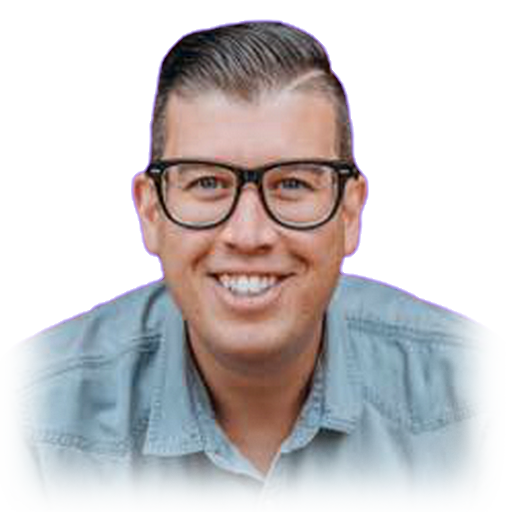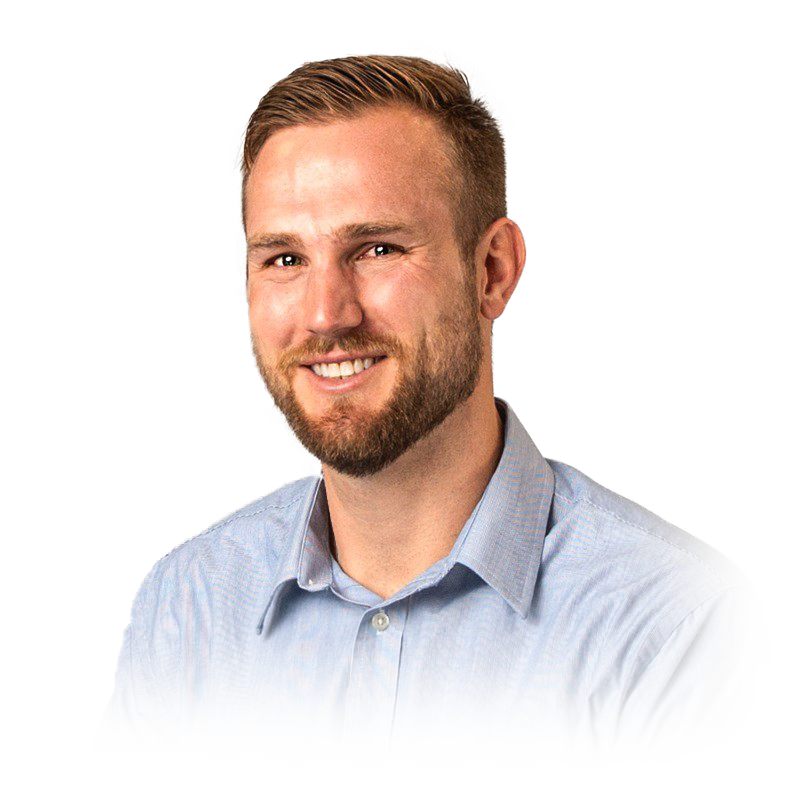What do you sell, and who do you sell to?
I help families find childcare, and I do that through working with employers. I tend to deal with US-based enterprises with more than 10,000 employees.
What makes your approach to selling unique?
Novelty and creativity. I think being creative has been one of my strengths, and that shows up in a couple different ways.
One is the way that I'll show up to a meeting. For example, one of my clients is John Deere, so I showed up to a meeting with a video background of a big John Deere tractor. I superimposed myself sitting on the seat, so it looked like I was driving it, and they just loved it. They absolutely loved it.
And I think being a little different like that goes a long way, so I'll give you another example:
Sales people like to say, “Don't go on a monologue.” Talk to listen ratio! My monologues are the longest out of our entire team, but I’m also the top seller. So it all comes down to being authentic, however that shows up for you.
What was happening when you decided to explore the idea of building business cases?
I was an entrepreneur before I went into sales, so I’ve always been “selling” something, and framing my conversations around a business case, of sorts.
But I didn't know that’s what I was doing until I read Selling With by Nate Nasralla. Which is where I learned about Fluint, and I thought:
“I can put all this into a pretty simple and repeatable framework, using a format people can actually read and understand.”
So now, I love putting my ideas down on paper because it helps clarify my thinking. It’s become a tool to get to the root of what I’m trying to communicate. And I love that.”
How would you describe the workflow that Fluint helps enable for you?
My workflow inside Fluint lets me take a more creative approach, and it takes away all the mundane work of going through notes, listening to every single call, reading through call recaps, etc.
That way, I can focus more on things that I like doing — the creative part, not the admin.
For example, it’s the one way I’ve found to merge five different calls together into a first draft, so then, I can spend time on refining messaging.
How were you doing these things before us?
Before Fluint, it was… man, not fun.
I’d have five different sets of notes, some of them saying different stuff, so then I’d go back to find the right call and scan it for the right facts. Like, “What was the number again? Was it 5,000? Or did they really say 10,000?”
And the problem is I only have so much energy in a day. And if a lot it would just go into creating a simple call recap manually, instead of really getting to an actual business case.
Now, I have a first-draft business case immediately after my calls as a starting point. Which gives me a lot of time back for things I want to do. It’s a game changer knowing “someone” else is listening and writing to help me put content together.
What challenges were you trying to solve by signing up for Fluint?
At first, I was interested because entrepreneurs love entrepreneurs, and I wanted to be here at the beginning to say I was one of the first to help.
So when I came across Nate, and liked all of his content, it really changed my perspective. This was before Fluint was even a product! And I was like, I'm going to support this guy no matter what. Then, when Fluint launched, I thought it was genius, and I was one of the early early testers in the Slack community.
In terms of what we were using before, it was Clari Wingman, but I really enjoyed the way Nate was thinking, and the product matches what I think is the right way to sell enterprise.
If Fluint went away, what would you miss most?
Fluint can't go away.
I’d miss it, because now I’ve gotten to a place where I can be a lot more creative. If you start taking that creativity away, I'll burn out, and sales will get boring again, so it’s too important to me.
The difference is that now, I can spend 90% of my day on creative work, vs. only being able to give 30% of my energy to creative work. So no, it can't go away!
What would you say to someone who is considering selling with Fluint?
Everything in life is a learning loop: reading > trying > learning > optimizing.
It’s the same for something like building business cases, and using Fluint. You can read all about it here, but just try it out. You’ve got to be open to learning something new, and once you test it to see if it’ll work, you can make up your mind.
Especially if you want to spend more time being creative, give it a shot.







